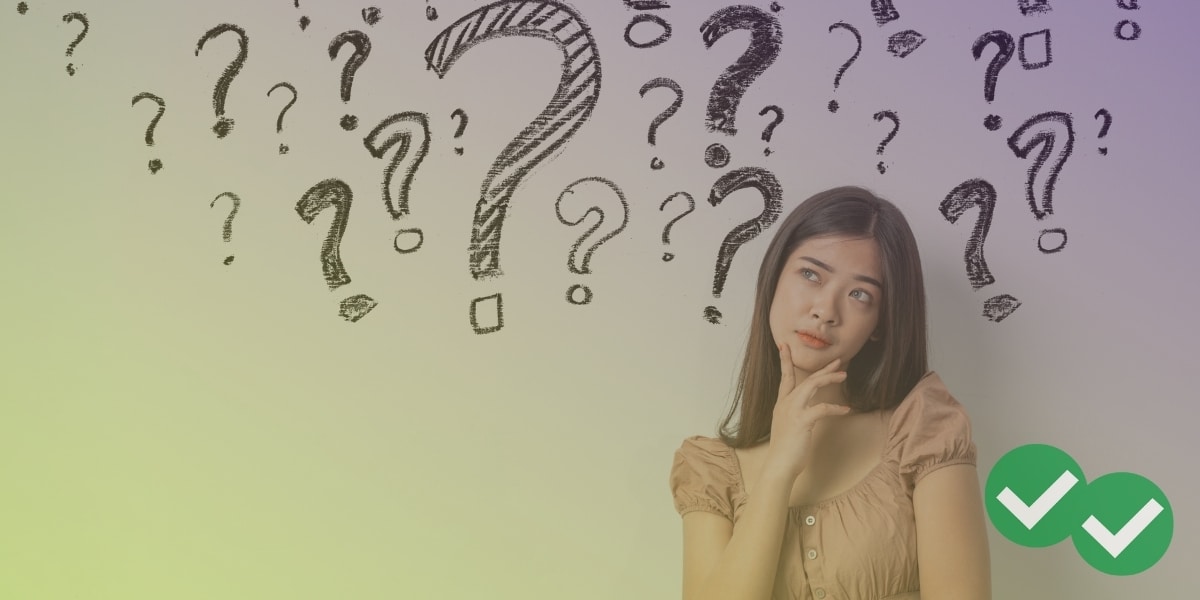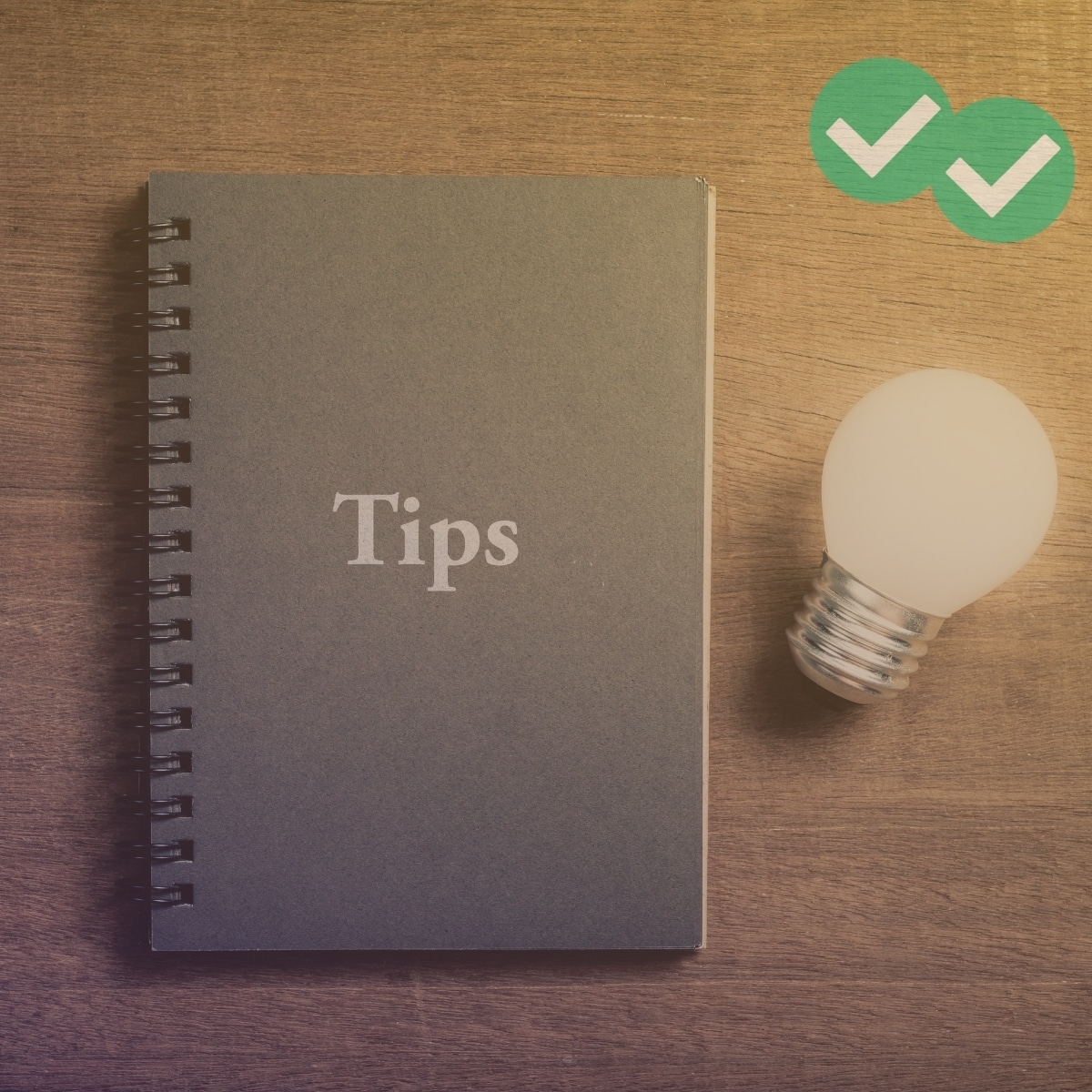
There are 12 different IELTS Reading reading question types. That sounds like a lot, doesn’t it? But have no fear– all of these types have enough in common that they can be studied and mastered together. So what are the types of questions in IELTS reading? Read on to learn about each one, with descriptions and examples!
The examples all come from the Magoosh IELTS service our subscribers use. To practice the questions and get extra help, click on the table of contents, or just scroll down through the article.
Table of Contents
IELTS Reading Question Types: Three Broad Categories
The twelve types of Reading questions in IELTS Reading can be divided into three main formats: completion formats (filling in blanks in a text), answer-the-question formats (providing a response to a question), and matching formats, where one piece of information is matched to another.
In the sections below, we’ll take a closer look at each of the three categories and each of the twelve individual types.
![]()
The “Matching” types of questions in IELTS Reading
There are four varieties of matching exercises in IELTS Reading. Read on to learn all about them and practice them.
Matching Sentence Endings Questions
Question Structure
In this case, you’ll see a group of incomplete sentences, specifically the starting part of each sentence. But they’re not really incomplete, because the endings are also right there in front of you. But they’re in a different order. Your job is to match the endings and beginnings of the sentences correctly.
Quick Tips
- Each sentence starter will seem kind of like it could match with any sentence ending. However, if you read more deeply, you may be notice a match sounds strange. Carefully double check for that!
- Once you think you have a match picture it as a complete sentence, scan the passage to make sure the info really does match both halves of the sentence.
Example Question Set
Click here to practice matching sentence endings.
![]()
Matching Headings Questions
Question Structure
This is somewhat similar to the matching information question type. However, in this case, you’ll be given a heading that could go over a paragraph in the passage, instead of a description of a piece of information in the paragraph.
Quick Tips
- Since the heading applies to the whole paragraph, you should check the paragraphs only for their main idea and purpose.
- Make sure the heading is applicable to everything in the paragraph you match it to. Sometimes an idea form on heading is also expressed as a supporting detail in a different paragraph.
- Because a lot of students ask about this type, Magoosh has a whole tutorial just for IELTS Reading Matching Headings that you should definitely check out.
Example Question Set
Click here to complete a matching headings exercise for IELTS Reading.
![]()
Matching Features Questions
Question Structure
In Matching Features questions, you’ll be given a short list of concepts or things from the passage. this list will be followed by several descriptions of those things. The goal is to match the things from the passage and the descriptions of them.
Quick Tips
- It can be easy to mistake one similar sounding description or thing for another. Read carefully!
- This question type is all about paraphrasing; the descriptions will often have very different wording than the original text.
Example Question Set
Click here for a question set of this IELTS Reading question type.
&bsp;
![]()
Matching Information Questions
Question Structure
This is one of several IELTS Reading question types that involves matching. In this case, you match a description of the information in a paragraph to its correct paragraph in the passage.
Quick Tips
- The information you’re matching to a paragraph can be a supporting detail in that paragraph, or might be a main idea. Check for both!
- Make sure you have a good idea of the passage structure so that you can quickly figure out where to look for each piece of information.
Example Question Set
Click here for an IELTS Reading passage and a set of practice matching information questions.
![]()
The “Answering Questions” IELTS Reading Question Types
In these types of IELTS Reading questions, rather than matching or completing information, you simply give responses to questions that you’re asked. While these questions test similar skills, they can look pretty different from each other. Read on to learn more!
True/False/Not Given and Yes/No/Not Given Questions
Question Structure
T/F/NG and Y/N/NG are not exactly the same, but they’re similar enough that it’s helpful to treat them as two versions of the same question type. For T/F/NG, you need to determine if a fact is true based on the passage, or false, or not given in the passage. For Y/N/NG, you are instead checking to see if something reflects the author’s opinions (yes), contradicts an author’s opinions (no), or is simply not expressed by the author one way or the other (not given).
Quick Tips
- Some statements will seem to be true, just based on logic. But if they are not stated as true to the facts or opinions in the passage, you should still mark them “not given.”
- Sometimes the wording of an answer choice will be slightly twisted compared to the passage so that the meaning changes. This is a classic trap for this question type, so be on the lookout!
- There are some subtle but important differences between these two question types. To learn about them, go through Magoosh’s IELTS Reading True/False/Not Given tutorial and then look at our Yes/No/Not Given IELTS Reading guide for comparison.
Example Question Set
Click here to practice these types of question in IELTS Reading.
![]()
Short Answer Questions
Question Structure
This is one of the IELTS reading question types where you write in your own answer instead of just writing the letters of the correct answers. In these types of questions in IELTS Reading, the wording of the answer will be copied directly from the passage.
Quick Tips
- Remember that sometimes more than one word or phrase from the passage can fit in the blank. If you’re pretty sure two different answers are perfectly acceptable, you can pick either one.
- Make sure you choose wording that is not too general. For example, if a question asks about a specific mountain range, “Rocky Mountains” might be the correct answer, while “Mountains” alone would be too broad.
Example Question Set
Click here for an IELTS Reading passage with a set of short answer questions.
![]()
Multiple Choice Questions
Question Structure
These questions will be a lot like ones you’ve seen in your own schooling. You’ll be asked a question, and you’ll have to choose the correct answer from a set of answers.
Quick Tips
- If you’re not sure of the answer, see which choices you can eliminate entirely. This may help you get to the right answer by default, or at least narrow things down so that you can make a good guess.
- Read the question first. Then before looking at any of the answer choices, try to think of the answer in your own words. that way, you’ll know what kind of correct answer to look for in the choices.
- Inference skills are often tested in multiple. To boost your inference skills, read Magoosh’s guide to inference on the IELTS.
Example Question Set
Click here for a practice set of this IELTS Reading question type.
![]()
“Completion” Types of Questions in IELTS Reading
In “Completion” questions, you need to fill in the blanks and complete a second, shorter text that’s presented in the questions. As you might have guessed, the second shorter text will summarize ideas from the passage. Let’s take a closer look at these five IELTS Reading question types.
Sentence Completion Questions
Question Structure
In this type of IELTS reading question, you will see sentences that contain a blank. You’ll put a word or words from the passage into the blank.
Quick Tips
- The word should be a perfect fit, both in terms of meaning and grammar. If you have to change the grammar of a word from the passage to put it in the blank, it’s the wrong answer.
- Don’t accidentally misspell the word from the passage, or it’ll be marked wrong. This is the most avoidable way of missing a question!
Example Question Set
Click here for practice with the sentence completion IELTS Reading question type.
![]()
Diagram Completion Questions
Question Structure
Here we have yet another type among the “completion” types of questions in IELTS Reading. In this case, you’ll complete blanks in a diagram.
Quick Tips
Very often, this question type is associated with scientific or technical passages. To help yourself prepare for this kind of question, practice reading basic science passages that include diagrams, the kind found on general news websites or in high school textbooks.
Use the words on the diagram to scan for the right part of the passage; the passage itself won’t necessarily state that it is describing a diagram.
Example Question Set
Click here to complete a diagram in IELTS Reading.
![]()
Flow-Chart Completion Questions
Question Structure
This question type requires you to fill in the blanks in a flow-chart that portrays a timeline of events or a process that has steps in a certain order.
Quick Tips
- It can be easy to get two adjacent events or steps (events or steps that happened one right after the other) out of order, especially if the two parts have similar wording. Double-check the order of things that happen in the same part of the chart.
- If you have time, at the end of a flow-chart question set, quickly reread all of your answers. This can help you catch anything that you may have missed or misunderstood in the chart.
Example Question Set
Click here for an IELTS Reading flow-chart exercise.
![]()
Summary Completion Questions
Question Structure
In this type of question in IELTS Reading, you’ll see a summary of the entire passage, with missing words. Words from the passage itself will complete the blanks in the summary.
Quick Tips
- What’s really important here is to understand the connection between the paraphrases in the summary, and the original wording in the passage. Find the exact part of the passage that’s being paraphrased, and you’ll find your answers.
- Remember that the summary rephrases words from the original passage. Don’t choose an answer that duplicates a rephrased word in the summary For instance, if you see “large ______” in re
ference to “tall trees” in the passage, the correct answer in the blank would be “trees,” not “tall trees.”
Example Question Set
Click here to practice some of these types of questions in IELTS Reading.
![]()
Table Completion Questions
Question Structure
This question type, like a number of other types of questions in IELTS Reading, requires you to fill in the blanks in a table of information. This is similar in some ways to the matching information and matching features IELTS Reading question types, since the tables will usually show ideas or things in one column, and related information or features in another.
Quick Tips
- The ideas or things will generally appear in the table in the exact same wording that they have in the passage. Scan for those exact concepts and you’ll be able to find the missing words in the information or features.
- Remember to carefully double-check the instructions, so that you don’t write in an answer that has two many words. (You’ll be told to put in no more than one word, or no more than two words, and so on.)
Example Question Set
Click here for a set of IELTS Reading table completion questions.
![]()
More Help and Practice with the Types of Questions in IELTS Reading
Hopefully, these practice sets– and the excellent answer explanations provided by our lead IELTS instructor Eliot– have helped you build skills and gain confidence. But wait, there’s more! Here are a few additional resources to help you along the way:
- The Complete Guide to IELTS Reading
- Here, you can explore every aspect of the IELTS Reading section. Learn everything you need to know to get a top score in IELTS Reading, for every passage and question type.
- IELTS Reading Tips to Improve Your Score
- Our top 10 tips for improving your IELTS score–straight from the IELTS experts
- The Top 4 IELTS Reading Strategies
- Winning strategies to help you navigate the IELTS Reading section!
- IELTS Reading Practice Tests and Resources
- This is a great way to see IELTS Reading question types in their natural environment: full IELTS Reading sections.






Leave a Reply